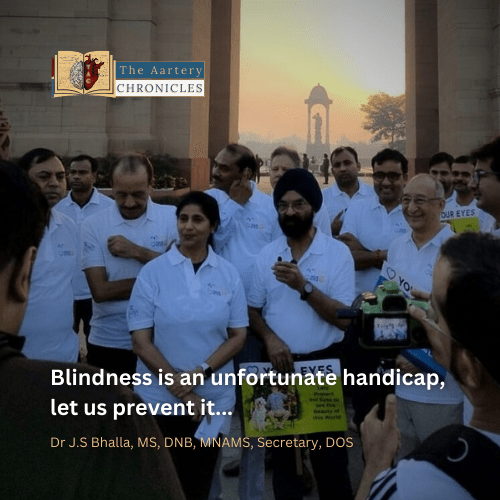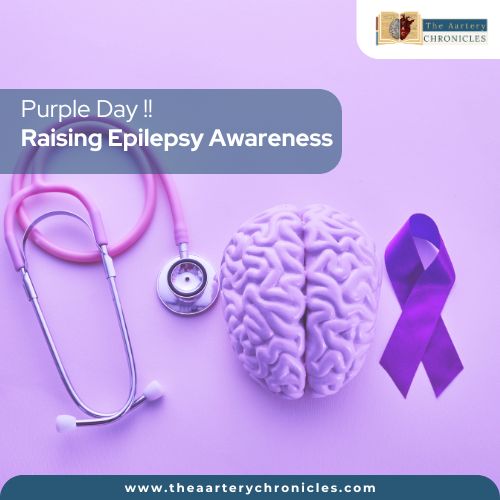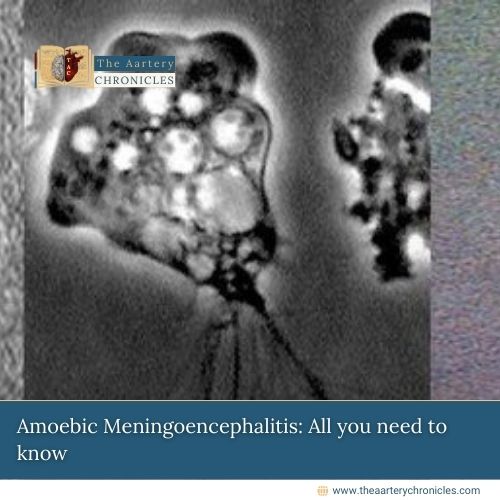

Stanford’s Tiny Eye Chip Helps the Blind See Again
Summary: Can blindness caused by macular degeneration really be reversed? Researchers at Stanford Medicine say yes — thanks to a tiny wireless eye chip that’s helping people read and recognize signs again.
This cutting-edge PRIMA implant, paired with smart glasses, replaces lost photoreceptors using infrared light, restoring functional vision to people once considered untreatable. In this post, you’ll discover how this breakthrough works, what patients experienced, and what’s next for vision restoration technology.
A Groundbreaking Leap in Restoring Sight
Imagine losing the ability to see faces, read books, or recognise everyday objects and then regaining it with a microchip smaller than a grain of rice.
That’s what happened in a Stanford-led clinical study, where 27 out of 32 participants with advanced age-related macular degeneration (AMD) regained the ability to read within a year of receiving the PRIMA implant.
With smart glasses that offer adjustable zoom and contrast, some even achieved 20/42 vision, a truly remarkable recovery. The findings, published in the New England Journal of Medicine (Oct 20), mark a milestone in restoring functional vision.
“All previous attempts resulted in basically light sensitivity, not real form vision,” said Dr. Daniel Palanker, Stanford ophthalmology professor and co-senior author. “We are the first to provide form vision.”
How the PRIMA System Works
The PRIMA system is like a wireless translator for the eye. It consists of:
- A tiny retinal implant (2×2 mm chip)
- A pair of smart glasses equipped with a camera
The camera captures images and sends them via invisible infrared light to the chip implanted in the retina. The chip then converts the light into electrical signals, replacing the damaged photoreceptors and sending visual data to the brain.
This allows users to perceive shapes, letters, and patterns, which scientists call form vision.
“The eye is transparent — so I realized we could deliver visual information by light,” Palanker explained. “The device we imagined in 2005 now works in patients remarkably well.”
Replacing Lost Photoreceptors for Millions
The study focused on patients with geographic atrophy, a severe form of AMD affecting over 5 million people worldwide. This disease destroys central vision, leaving only blurry peripheral sight.
PRIMA takes advantage of the retina’s surviving neurons, which remain capable of transmitting signals even after photoreceptors die. Since the chip works with infrared light, it doesn’t interfere with the patient’s remaining natural vision.
“The projection is done by infrared because we want to make sure it’s invisible to the remaining photoreceptors,” Palanker said.
Merging Natural and Artificial Vision
Unlike older wired prosthetic eye devices, PRIMA is fully wireless and photo-powered, allowing users to seamlessly combine their natural peripheral vision with the prosthetic central vision.
“The fact that they see both prosthetic and peripheral vision is important — they can merge and use vision to its fullest,” Palanker added.
Patients Are Reading Again
In the trial, 38 patients aged 60 and above with severe AMD participated. Just a few weeks after implantation, most began training with their smart glasses. Within months, they could read books, food labels, and street signs independently.
Among 32 who completed the one-year trial:
- 27 could read again
- 26 showed measurable improvement in visual acuity
- Average improvement: 5 lines on a standard eye chart (one patient improved by 12 lines!)
Patients could adjust brightness, contrast, and zoom (up to 12×) on their glasses, and two-thirds reported high satisfaction with their restored vision.
Minor side effects, such as ocular pressure or retinal tears, occurred in some individuals but resolved within two months, demonstrating the device’s safety and adaptability.
“It may take several months of training to reach top performance — just like cochlear implants for hearing,” Palanker explained.
What’s Next: Higher Resolution & Color Vision
Currently, PRIMA offers black-and-white vision, but the next generation aims for full grayscale and higher resolution. The upcoming chip design could feature pixels as small as 20 microns, offering up to 10,000 pixels per chip.
That means near-normal sight could be on the horizon.
“A chip with 20-micron pixels could give patients 20/80 vision,” Palanker said. “And with electronic zoom, they could get close to 20/20.”
Future versions might also target other forms of blindness caused by photoreceptor loss — potentially transforming the lives of millions.
Takeaway
- The PRIMA eye chip helps patients with macular degeneration see and read again.
- It works by replacing lost photoreceptors using infrared light and a wireless implant.
- Future versions could offer higher resolution and color vision, moving closer to near-normal sight.
Conclusion
The PRIMA chip is more than a medical marvel; it’s a symbol of hope for those who thought they’d never see again. What began as a small experiment in light and electronics has evolved into a life-changing innovation.
As Dr. Palanker beautifully puts it: “The device we imagined 20 years ago now works remarkably well in patients.”
Would you trust a smart chip to restore your sight? Tell us your thoughts in the comments below — and share this story with someone who believes in the power of science to change lives.

Dane
I am an MBBS graduate and a dedicated medical writer with a strong passion for deep research and psychology. I enjoy breaking down complex medical topics into engaging, easy-to-understand content, aiming to educate and inspire readers by exploring the fascinating connection between health, science, and the human mind.








